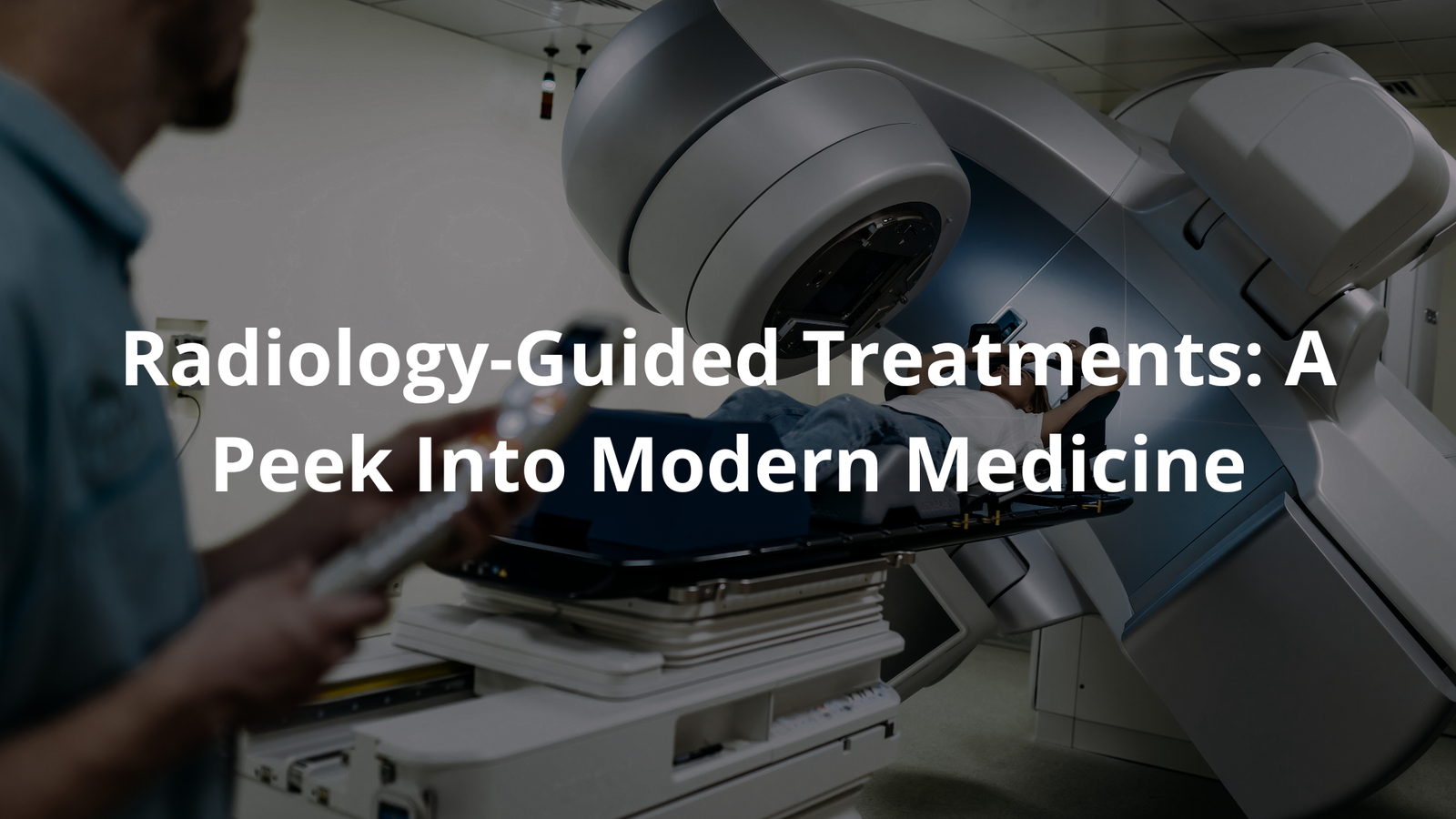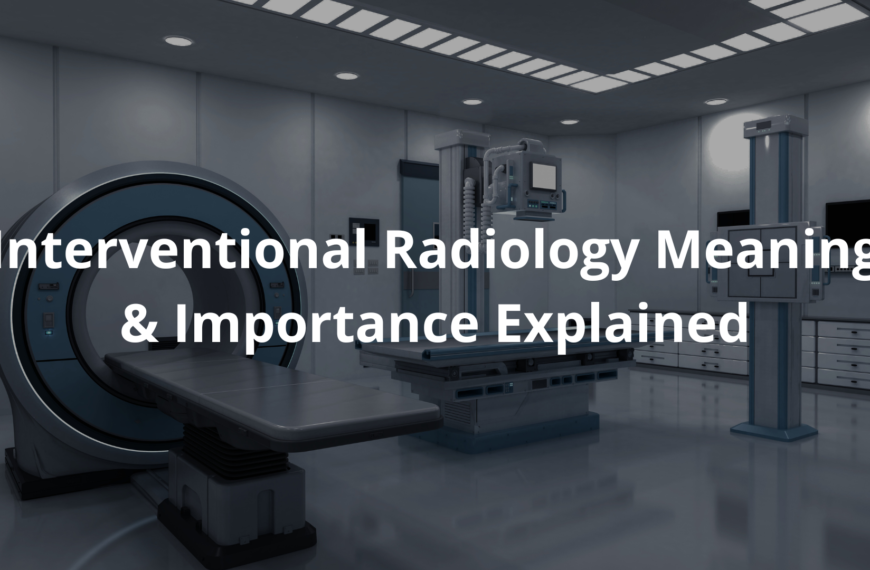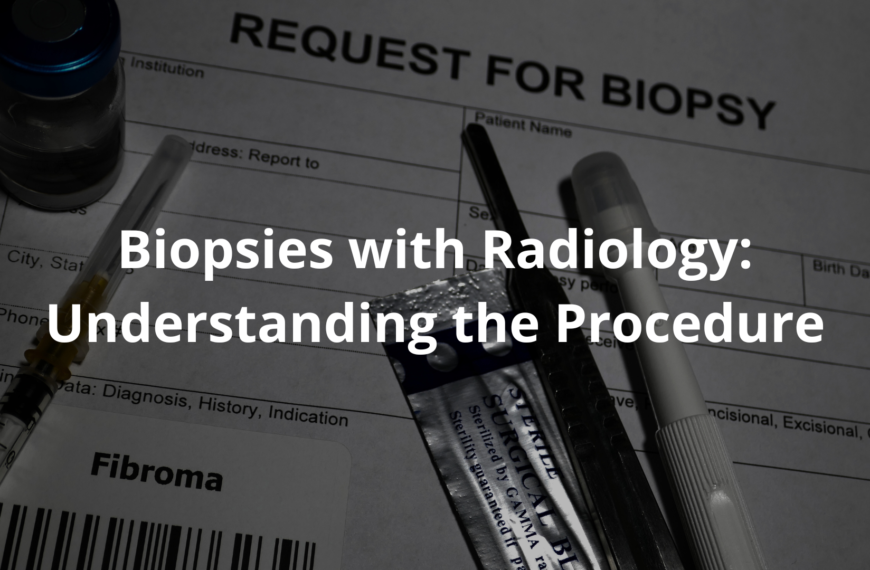Unlock faster recovery with radiology-guided treatments, minimizing discomfort and enhancing results.
Radiology-guided treatments are truly changing the way people view medicine. Using advanced imaging machines like CT scans and MRIs, these procedures allow doctors to make tiny cuts, which means less pain and faster recovery for patients. Imagine someone getting relief for their discomfort without needing major surgery!
These innovative treatments are all about making care more effective and humane. As patients step into the world of minimally invasive medicine, they find hope where there once was fear. Curious about the procedures and their impact? Keep reading to discover how this technology is helping people heal and feel better everyday.
Key Takeaways
- Radiology-guided treatments use images to help doctors find and fix problems in the body with less pain.
- These treatments are safer, often need shorter hospital stays, and help people recover faster.
- Many different conditions can be treated using these advanced techniques, like pain relief and cancer treatment.
What is Radiology-Guided Treatment?
Radiology-guided treatments are like having a super cool window into the body. Doctors use special machines like CT scans and MRIs to look inside without making big cuts. These fancy tools help them find just the right spot to treat a problem, kinda like using a map to find hidden treasure. Unlike regular surgery that leaves big wounds and takes ages to heal, radiology-guided treatments are less invasive.
Take John, for example. He had a sore back that kept him from playing with his kids. That made him really sad. When John visited the doctor, they did a CT scan and found out what was causing his pain. The doctor then used the imaging to give him a tiny injection right where it hurt, known as a joint injection. John felt immediate relief and was back to tossing a ball with his kids in what felt like no time. It’s astonishing how much can be achieved with just a small needle!
Common Procedures in Radiology-Guided Treatments
In Australia, doctors perform a variety of procedures using imaging technology. Here are some of the most common ones:
- Tumour Ablation: This procedure uses heat or cold to remove tumours while protecting the surrounding healthy tissue.
- Pain Management: Doctors can do injections like nerve root blocks and epidural injections to help relieve pain. It’s like giving the body a fresh start!
- Biopsies: With a small needle, doctors can take a tiny piece of tissue to check for illnesses. This allows them to investigate without doing major surgery.
- Embolisation: This technique involves blocking blood vessels that aren’t functioning properly, often used for treating tumours or stopping bleeding.
These procedures are performed by interventional radiologists, doctors who are specially trained to use imaging technology to aid recovery. It’s really fascinating how medical science and technology come together! [1]
Advantages of Radiology-Guided Treatments
There are plenty of great reasons why radiology-guided treatments are becoming more popular. Here are some of the top benefits:
- Less Pain: Since these procedures often use smaller cuts or none at all, patients feel less discomfort. It’s a win-win!
- Quick Recovery: Many patients can go home on the same day and quickly return to their daily activities. Less time at the hospital means more time doing what they love.
- Lower Risks: Being less invasive leads to a smaller chance of complications, making treatment feel a lot less scary.
- Cost-Effective: Often, these treatments cost less than traditional surgery. They require less time and can be done on an outpatient basis, which makes things easier for everyone involved.
When people can get better with less fuss, who wouldn’t want that? It’s like getting the best of both worlds!
How Do Doctors Get Trained in Interventional Radiology?
Becoming a doctor who performs these special treatments takes a lot of training. Here’s how it works in Australia:
- Medical Degree: First, they must finish a five-year medical degree, which is a huge commitment!
- Clinical Radiology Training: Then, they do a five-year training program in Clinical Radiology, approved by the Australian Medical Council. This is serious training, no doubt about it!
- Specialised Training: After that, they go through more training in Interventional Radiology where they learn how to use advanced imaging technology.
Once they complete all these steps, they are ready to provide their vital services to patients! The journey is long, but the rewards for patients are significant.
The Role of RANZCR
The Royal Australian and New Zealand College of Radiologists, or RANZCR, plays an essential role in the field of radiology. They help establish guidelines that doctors must follow to keep patients safe and healthy. RANZCR also ensures that doctors receive top-notch training.
When someone visits a doctor for a radiology-guided treatment, they can feel confident knowing their doctor has gone through thorough training. It’s like having an extra layer of protection! RANZCR is dedicated to making sure radiologists are well-prepared for all sorts of situations. [2]
What Conditions Can Be Treated?
Radiology-guided treatments can help people with various conditions, including:
- Cancer: Techniques like tumour ablation treat cancer while minimizing damage to healthy tissue, making it a smart choice.
- Chronic Pain: Long-term pain can often be relieved through spinal injections, leading to life-changing improvements!
- Blood Clots: Interventional radiology can assist in removing or treating dangerous blood clots in blood vessels.
- Soft Tissue Issues: Guided injections can address problems with muscles and soft tissues. It’s amazing what a small needle and some high-tech imaging can do!
These treatments help countless individuals every day, allowing them to enjoy life without the burden of persistent pain or illness.
What Imaging Technologies Are Used?
Radiology-guided treatments utilise several types of imaging technology. Some common ones include:
- CT Scans: These machines capture numerous pictures of the body to help locate issues. It’s kinda like creating a treasure map for the doctor!
- MRI: This machine uses magnets and radio waves to make detailed images of organs and tissues. It’s one of the most advanced imaging techniques available.
- Ultrasound: This method relies on sound waves to see inside the body, which is particularly safe and often used for expectant mothers.
- X-rays: A classic imaging method that’s great for spotting issues with bones and some internal areas. Most people have probably had one!
These technologies are crucial in helping doctors find precisely where to intervene to assist patients in feeling better. They shape how treatment is delivered in modern medicine.
Are There Any Risks?

Like any medical procedure, there can be some risks with radiology-guided treatments, but they are generally seen as safe. Some potential side effects might include:
- Bleeding: Occasionally, a bit of bleeding can occur at the needle insertion site. It’s usually minor, but it can happen.
- Infection: There’s a small chance of getting an infection, but doctors take steps to minimize this risk.
- Reaction to Contrast Materials: Some imaging might employ special dye, which can cause allergies in a few individuals. Doctors check for these allergies beforehand to keep everyone safe.
The benefits of these procedures usually outweigh the risks when performed by skilled professionals. It’s always a good idea to talk with the doctor about any questions or concerns before the procedure!
What’s the Future for Radiology-Guided Treatments?
Radiology-guided treatments are on the rise in popularity, and the technology continues to get better. In Australia, healthcare workers are broadening their understanding of how to use these treatments for the benefit of patients. There might be new ways to address conditions that haven’t even been discovered yet!
As we learn more about how the body functions and how to leverage technology, the results and options for patients should only improve. It’s an exciting era for medicine, and everyone stands to reap the benefits from these advancements.
The future is looking bright, and it’s thrilling to think about what exciting things are next for radiology-guided treatments!
FAQ
How do doctors use pictures to help treat me?
Medical imaging and image guidance are like special cameras that help doctors see inside your body. Whether they use ct or mri, ultrasound or ct, these tools help them diagnose and treat all sorts of problems with internal organs. Think of it like a video game where doctors can see exactly where they need to work!
What happens when doctors need to take a tiny sample from my body?
When doctors need to check something inside you, they might use fine needle or core biopsy procedures. They’ll first put a small amount of local anaesthetic (numbing medicine) on your soft tissue. Using image guided technology, they can see exactly where to place the needle in the treatment area. It’s like having a GPS for your body!
How do doctors give shots to help with back pain?
For pain management, your treatment team might suggest spinal injections or image guided lumbar treatments. They use medical imaging to guide epidural injections or facet joint shots right to your nerve root. The procedure takes about as long as watching a TV show. These guided injection treatments can give great pain relief.
What’s special about pet scan and nuclear medicine tests?
These medical procedures are like taking special pictures that show how your body is working, not just what it looks like. Before starting, you might need a blood test. Unlike regular computed tomography (CT) scans, nuclear medicine and radiation therapy can show your doctor how well different parts of your body are doing their jobs.
How does the big camera machine (magnetic resonance) help doctors?
This special machine helps health professionals see a wide range of things inside you to find injury and disease. Your referring doctor might choose magnetic resonance because it’s really good at showing soft tissue. It helps guide surgical procedures too – like having a super-detailed map of your body!
What happens when doctors need to fix blood vessels?
Sometimes doctors need to do artery embolisation (or artery embolization) to fix problems with blood vessels. This could be in your uterine artery, prostate artery, or to treat blood clots. They might also do carotid stenting or put a special filter in your inferior vena cava. The treatment options they choose depend on what’s best for you.
How do doctors get rid of tumours or help with blocked pipes in my body?
For tumour ablation or biliary drainage, doctors use ct guided tools to work on the treatment area. These procedures are usually done on the ground floor where all the medical imaging equipment is kept. Your treatment team uses image guidance to make sure everything is done just right.
What’s special about platelet rich plasma treatment?
Prp therapy uses your own blood to help you heal. The doctor takes a small amount of blood, turns it into platelet rich plasma, and uses image guidance for joint injections. While the long term results are still being studied, many people find it helps them feel better!
How long does it take to feel better after getting special shots?
Your recovery time after guided injection procedures is usually pretty quick. The local anaesthetic helps control pain in the treatment area. Your treatment team will tell you exactly what you can and can’t do while you get better.
How do I get started with these treatments?
First, you’ll need to find a doctor who knows about radiation oncology or the specific medical procedures you need. Your referring doctor can help connect you with the right medical specialist or health professional. They’ll look at the range of conditions you have and pick from a range of imaging options to treat conditions properly.
Conclusion
When you think about it, radiology-guided treatments really help folks heal without as much pain and get back on their feet faster. Using fancy imaging tech, doctors can treat all sorts of problems safely and effectively. As they keep learning and improving, the future for these procedures in Australia seems promising. So, if you or a mate needs treatment, just keep in mind there’s a whole lot of options with radiology-guided care waiting for you!
References
- https://irsa.com.au/locations/interventional-radiology-australia/
- https://www.aph.gov.au/DocumentStore.ashx?id=85f72e12-aabd-4192-8dc3-6148092ae3cb&subId=659814




